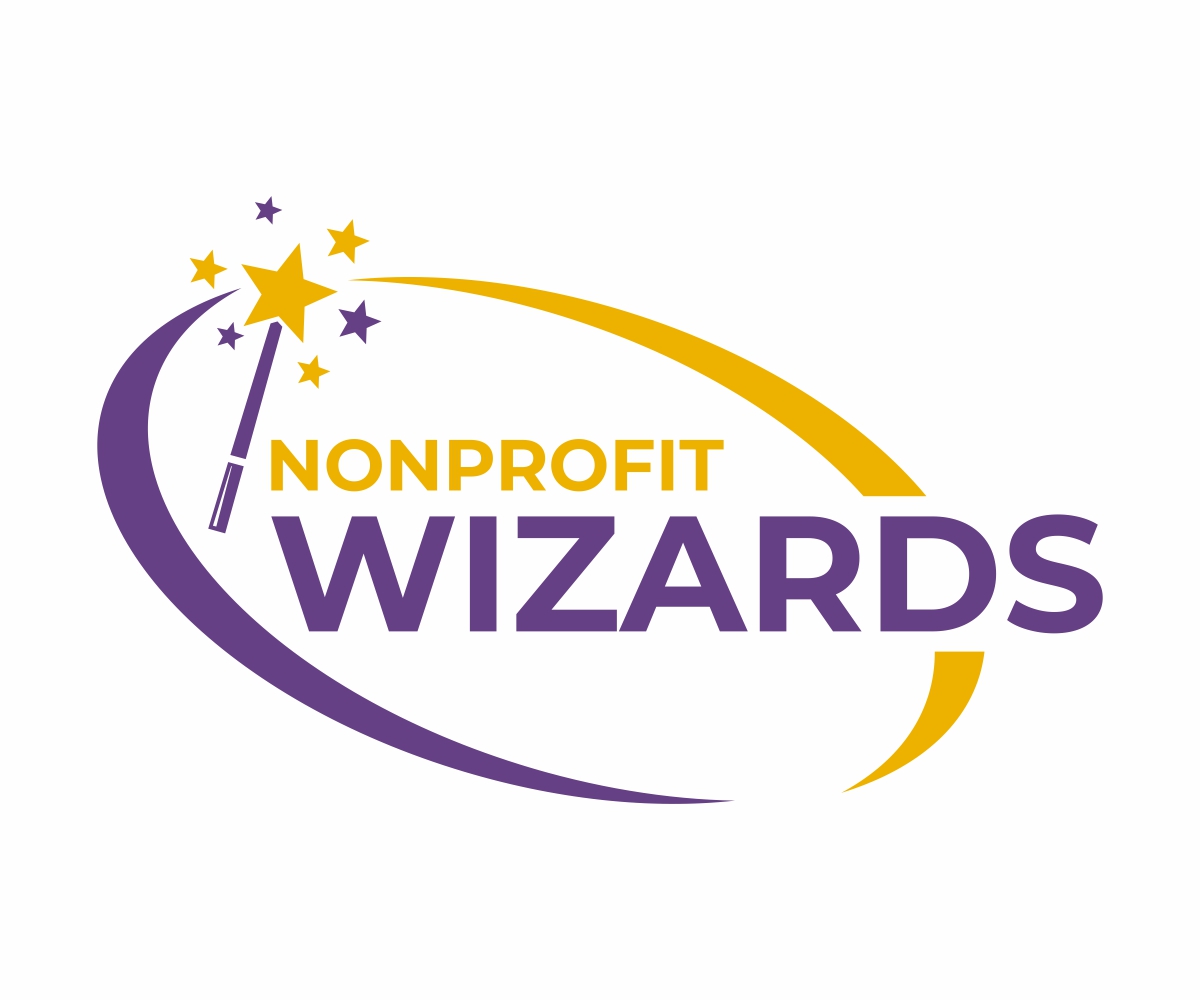Oops. That title is mis-leading. What I should have said is “Why I thought I hated email templates…but why I love them now.”
Back when I was running a nonprofit, I was perpetually drowning in email. Occasionally I would do an internet search or ask a mentor for advice on email. One piece of advice I continually received was this: “use templates for your email.”
Seriously? YUCK!
Maybe it’s just because I saw too many form rejection letters from grant-makers, but the idea of using email templates conjured up images of horrible customer service like this:
Thank you for your message. Your message is very important to me. Due to the volume of email I’m currently receiving, it is taking me a bit longer than usual to reply to messages like yours. You should receive a reply from me in the next few days.
I couldn’t bear the thought of using canned, spammy language to reply to my emails. I mean, everyone depends on me to be the face of my organization. I can’t risk being seen as a pompous, “too-busy-for-you,” kind of person.
However, as I slipped further and further underwater I finally gave it a try. Here are a few things I learned.
Templates help get the ball rolling
Question: What’s the hardest part of writing? Any kind of writing?
Answer: Getting started.
Email is no different from writing a proposal or your board report. Getting started is the hardest part. You know the feeling; sitting there staring at a blank screen, thinking “how exactly am I going to word this?”
For me, it is far easier to re-word something I’ve previously written than to start from scratch. This is a great reason to use templates.
The reader doesn’t care as much as you think
Your board members are busy people. Trust me when I tell you they’re not deeply analyzing your meeting packet email? Can you see them saying, “I wonder why Darren doesn’t put more variety into his emails?”
My ego tries to trick me into thinking the reader is hanging on my every word. Alas, they’re not. They want the information they need, they want it quickly and succinctly, and they want to move on.
With this in mind, why agonize over wording it just right?
I often send the same emails over and over
I respect sales professionals (as distinguished from the creeps) a lot. After all, what I do in my business is, in a way, sales. It takes courage to reach out to people you don’t know (research has shown it to be one of the most common fears people have, along with public speaking and death).
Without the sales professional, how will I know if I can save money on my copier, health insurance, cleaning supplies, or IT services? How would I know about new opportunities in marketing or donor management software?
So, many of your emails come from people who have something to sell. They always start at the top.
Here’s an easy template for you to start using today:
Thank you for the kind words about our organization. It always warms my heart to hear stories of how we are impacting the community. (Any talented sales professional will demonstrate knowing something about your organization, and relay a personal story if possible.)
Thanks also for your desire to help us save money on printing (floor mats, paper & pens, etc.). Sherry (insert name) is the Director of Marketing and has complete authority to make decisions in this area. I am forwarding this message to her, and trust her to follow up as is appropriate.
Again, thanks for your support!
This will save both you AND the sales professional time. It probably will head off a future unnecessary phone interruption as well.
What other messages do you send over and over? Board communications? Staff updates (John is out sick today. Urgent items can be directed to me. He should be back tomorrow.)?
It’s okay to put some personality into it
Just because it’s a template doesn’t mean it has to feel like a template. Go ahead and put a bit of thought and creativity into it.
Just be sure you’re not over the top and patronizing.
One other trick that makes a world of difference: insert the person’s name at the beginning and end. It’s only takes seconds to do, and warms the message considerably.
It’s okay to modify a template
Too often, we fall victim to “all or nothing” thinking. “I can’t use a template here. Even though it’s kind of like other questions, there is a unique twist.” Okay, so why not start with the template and then add language that addresses the twist?
After all, starting with an email that is already half done is better than starting from scratch.
So there you have it. That’s how I fell in love with templates
My challenge to you is to find one message that you send on a recurring basis, and set up a template. DO IT TODAY!
After time, I bet you learn to love templates as well.
Darren Macfee is the founder of the Nonprofit Wizards. His life purposes are to dispense homespun wisdom, grill a perfect meal for his family, and help nonprofit leaders create amazing results for and through their organizations. Follow him on Twitter @DarrenMacfee or send him an e-note. Be sure to sign up for alerts to be sure you never miss a post.
Join us for exclusive e-mail updates!
First Name:
Email address:
Your privacy matters. I will never share your e-mail address with anyone. I promise!

